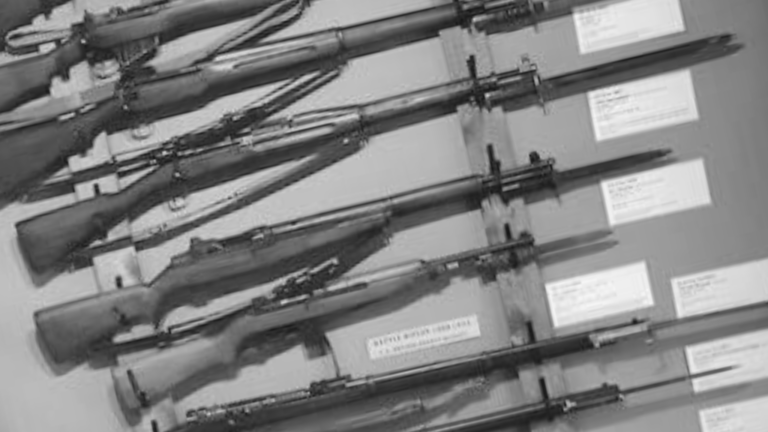Stumbling into Collecting Militaria
Episode 1 –
I had never given any thought to collecting militaria, until, one day, I noticed I was collecting militaria.
It all started in August 2012 with this item
German Long Dress Bayonet

This is a German dress bayonet, with the engraved inscription: “In memory of your service”.
While moving my elderly father to an assisted living facility, he gave it to me.
During the war, my Dad’s Army service kept him stateside, instructing new B-29 bomber crews on the plane’s electrical systems.
FACTOID | The B-29 Superfortress was one of the largest aircraft to see service in World War II and a very advanced bomber for its time, with features such as a pressurized cabin, an electronic fire-control system, and remote-controlled machine gun turrets.
The B-29 was most notably used in the Pacific theater of World War II, including the bombing of Hiroshima and Nagasaki with atomic bombs. During the war, a staggering 3,970 B-29s were produced.

My Dad did not serve in the European Theater of Operations, his brother Bernie did. And he gave the German bayonet to my Dad after the war.
Even though I had been given it, having this bayonet didn’t raise the tiniest thought about collecting.
And then, following my Dad’s move, I learned that no weapons were allowed in the community where he moved to. That meant that the .380 caliber Bersa pistol he owned was gifted to me as well.
FACTOID | The .380 caliber Bersa pistol is a compact firearm known for its reliability and precision. Originating from Argentina, Bersa firearms are recognized for their ease of use, making them suitable for both experienced and novice shooters. This particular .380 caliber model provides a substantial amount of firepower in a compact frame, making it a popular choice for personal defense.

At this point in my life, I hadn’t had anything to do with firearms since my few years in the Army over four decades ago, in my early 20s.
But, curiosity drew me to the range to try it out. It only took a couple of sessions at the range for my interest to grow.
Also at the range, I saw an M1 Garand close-up. It was mounted high on a wall, with some rifles.
I always thought the Garand cool, and now I was face to face with one. I half-seriously wondered if it were possible to acquire one of my own.
The M1 Garand rifle was invented by John C. Garand in 1932. During World War II, around 5 and a half million M1 Garand rifles were produced, so I hoped there would still be a few in the marketplace.
That led me to look, still half-seriously, into availability and pricing.
Probably on the heels of a Google search, I hopped onto gunbroker.com and immediately saw an M1 for sale (not auction) priced at $875, and located within a justifiable driving distance. It happened to have a 1942 Springfield receiver (SN 881,_ _ _) and a 1950 barrel.
So, a two-war rifle. Even having no experience in such matters, that price sounded reasonable, so I immediately pounced on it. At that time, I had no idea what its true value really was.
Shortly afterward, I got a clue.

Weeks after the purchase, the seller emailed me, offering to buy back the rifle for slightly more than I paid him for it. Of course, I declined his offer. I’m guessing he found someone who would pay more.
At this point, I had two militaria items: a WWII German bayonet and a wartime Garand rifle. But any idea of becoming a collector had not penetrated my brain.
That was to slowly change.

In the next article: How two very nice militaria items didn’t thrust me into collecting, but incrementally nudged me in that direction.







One Comment